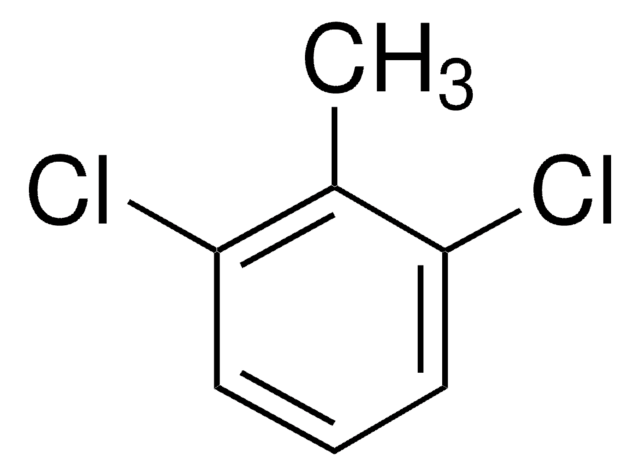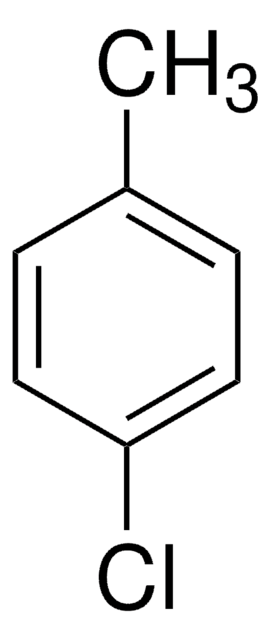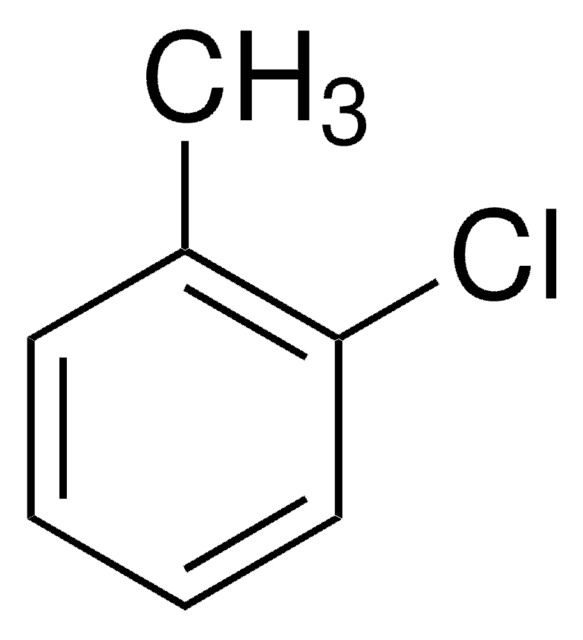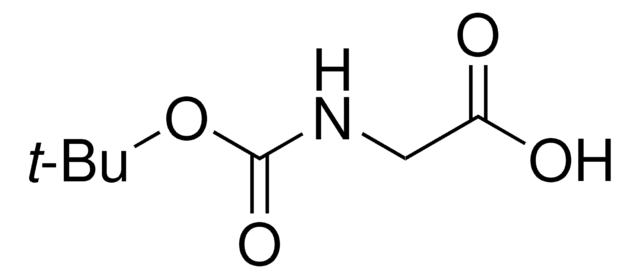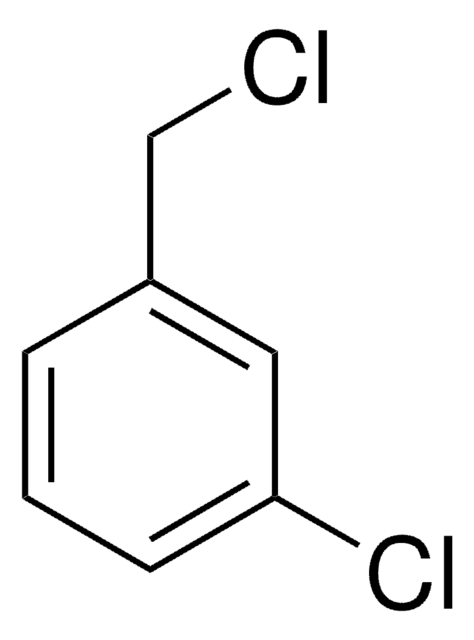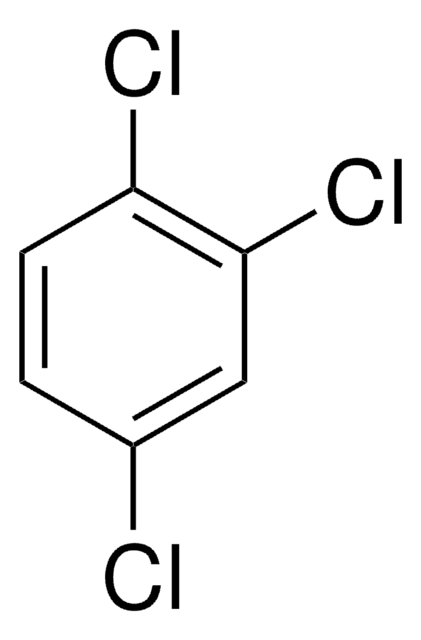All Photos(2)
About This Item
Linear Formula:
CH3C6H3Cl2
CAS Number:
Molecular Weight:
161.03
Beilstein:
1931687
EC Number:
MDL number:
UNSPSC Code:
12352100
PubChem Substance ID:
NACRES:
NA.22
Recommended Products
Quality Level
Assay
97%
refractive index
n20/D 1.547 (lit.)
bp
200.5 °C/741 mmHg (lit.)
density
1.251 g/mL at 25 °C (lit.)
functional group
chloro
SMILES string
Cc1ccc(Cl)c(Cl)c1
InChI
1S/C7H6Cl2/c1-5-2-3-6(8)7(9)4-5/h2-4H,1H3
InChI key
WYUIWKFIFOJVKW-UHFFFAOYSA-N
Looking for similar products? Visit Product Comparison Guide
Related Categories
General description
3,4-Dichlorotoluene is added as growth supplement in culture medium of Ralstonia sp. strain PS12.
Application
3,4-Dichlorotoluene was used in determination of enthalpy of formation for molecular complexes of I2 with chloromethylbenzene molecules in CCl4.
Hazard Statements
Precautionary Statements
Hazard Classifications
Aquatic Chronic 2
Storage Class Code
10 - Combustible liquids
WGK
WGK 2
Flash Point(F)
185.0 °F
Flash Point(C)
85 °C
Personal Protective Equipment
dust mask type N95 (US), Eyeshields, Gloves
Regulatory Information
危险化学品
Choose from one of the most recent versions:
Already Own This Product?
Find documentation for the products that you have recently purchased in the Document Library.
Katrin Pollmann et al.
Journal of bacteriology, 184(19), 5261-5274 (2002-09-10)
Ralstonia sp. strain PS12 is able to use 2,4-, 2,5-, and 3,4-dichlorotoluene as growth substrates. Dichloromethylcatechols are central intermediates that are formed by TecA tetrachlorobenzene dioxygenase-mediated activation at two adjacent unsubstituted carbon atoms followed by TecB chlorobenzene dihydrodiol dehydrogenase-catalyzed rearomatization
Thermochemistry of molecular complexes. 4. Molecular complexes of I2 with chloromethylbenzenes.
Greaux JB, et al.
J. Incl. Phenom. Mol. Recog. Chem., 13(3), 245-248 (1992)
Our team of scientists has experience in all areas of research including Life Science, Material Science, Chemical Synthesis, Chromatography, Analytical and many others.
Contact Technical Service
